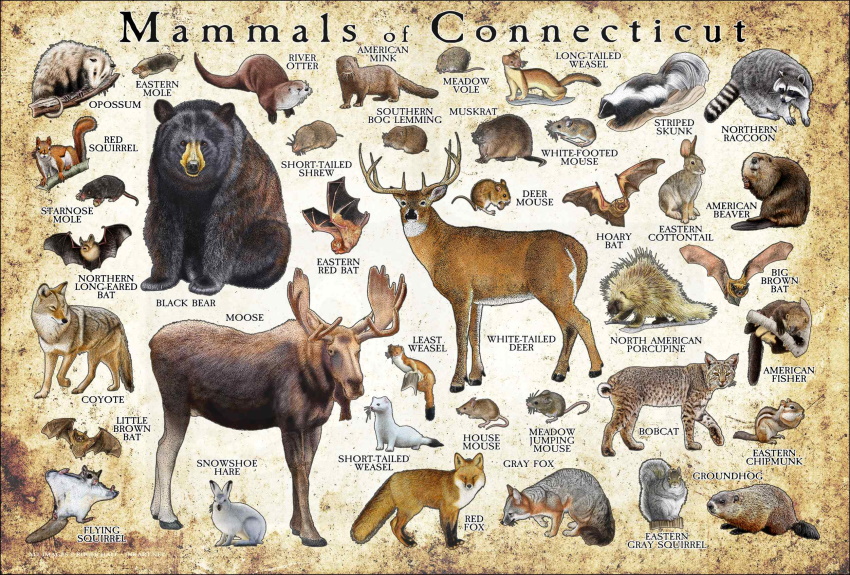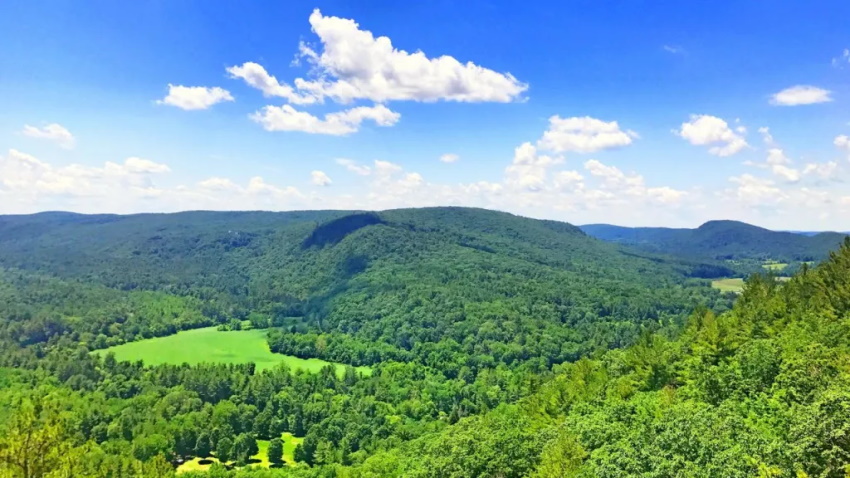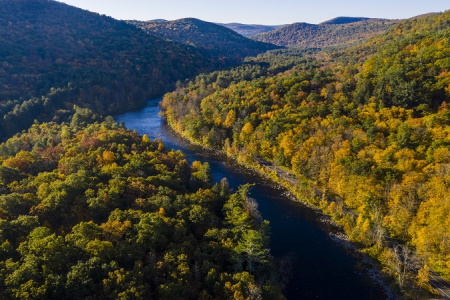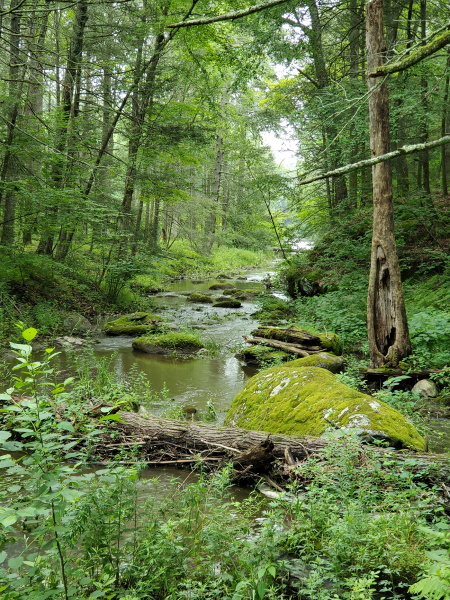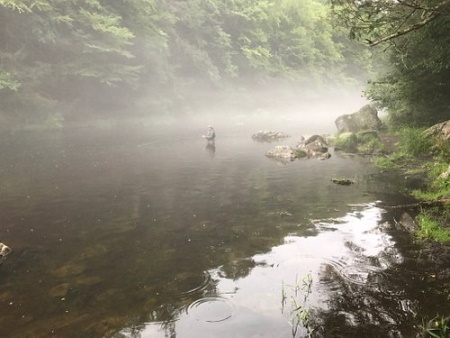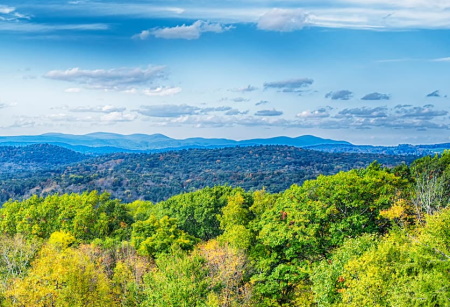|
June 19 - 22 (Thurs. - Sun.)
BFRO organizers bring expedition participants to areas where
they will have encounters with Bigfoots at night. The odds of
success depend on their selection of locations, among other
things.
Selecting the best locations depends upon
sighting/encounter information -- the more, the better -- so the
BFRO selects organizers who have the most information in a given
state, and who have experience organizing trips there.
The most active and experienced
bigfoot investigator in Connecticut is Mike Young. He will be
leading this trip in June.
Merely driving through the backcountry of CT is very eye-opening for
people from out west. The state has lots of undeveloped, protected land.
There are many mountains and forests and swamps and lakes and creeks. Much
of it is private land, which means even less human usage than state parks,
etc.

In the most remote and pristine zones there are lots of large
mammals, including bears and deer and even moose.
The main
predators of deer in CT are coyotes and bobcats. The large number of deer
in CT provide a reliable protein staple for a larger predator species like
bigfoots.
The deer population numbers over time tell an amazing
story of environmentail recovery in CT. Unregulated deer hunting from
about 1700 into the early 1900s reduced the herd to "just
a few deer." A little over 100 years later the deer
population has rebounded to over 100,000. Much of that increase
would be attributed to the return of forests that had been cut down, and
the increase in corn production which greatly affects deer population
firgures over time. A few deer would not have multiplied to over
100,000 in 100 years. Most of the early increase surely resulted from deer
migration from surrounding states like Massachusetts and New York.
There is definitely a history of encounter reports of bigfoots in CT
extending back over 100 years, but they weren't always called "bigfoots".
Here is a chronicle of those stories gathered by a rather citified
journalist who doesn't understand how unintelligent he sounds when he says
at the end of the article "Of course, like all good legends, there doesn’t
seem to be a preponderance of actual facts or evidence to bolster the
Wildman’s existence."
He states that after listing many
"actual facts" -- the actual facts that factual identified people in
Connecticut have claimed sightngs of the same type of animals.
So
does he mean "physical evidence" when he says "actual facts" ?
Apparently not because he refers to "actual facts or evidence".
Aside from "evidence" ... what type of "actual facts" would there be
beyond testimonies from witnesses ?? Hmm. The author is not terribly
objective but he manages to
collect many old stories about encounters with bigfoot type creatures,
and he mentions partiucular areas. For that we thank him.
The
expedition organizer will not be disclosing the specific target area of
this expedition to anyone except for the registered participants. Those
people will find out the meeting place a week or so before the trip.
Mike is now taking registrations for this trip.
He will waive the participation fee for students or faculty of Yale
University who meet the regular requirements for any expedition (see FAQ
page, linked below) plus one additional requirement.
Yale
students or faculty must have "blackout" tents. These tents remain
dark inside when the sun comes up. This is helpful for a few reasons
specific to bigfoot field research.
1) A blackout tent will enable to
stay up very, very late in the field and then sleep in after the sun comes
up, which is difficult and uncomfortable to do when the sun lights up a
regular tent (even when it is zipped up).
2) You will be able to
use your smartphone at night to monitor thermal cameras set up outside the
tents via WIFI without making your tent light up like a Chinese lantern.
A black out tent blocks light passing through in both directions.
Blackout tents are not much more expensive than regular tents. Your
will be able to purchase a Coleman "Darkroom" blackout tent from REI with
capacity up to six people for around $150.
You will be put in touch with the
organizer if you follow the
instructions on the Frequently
Asked Questions page.
|





















